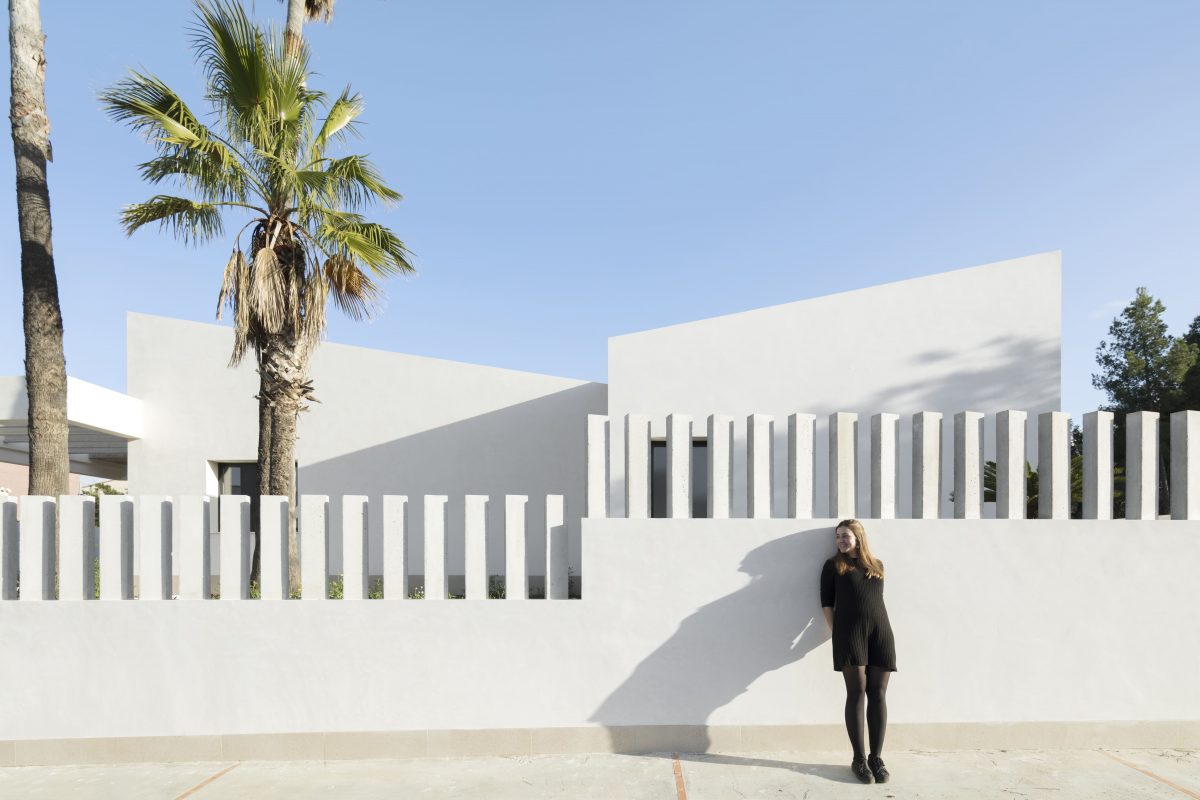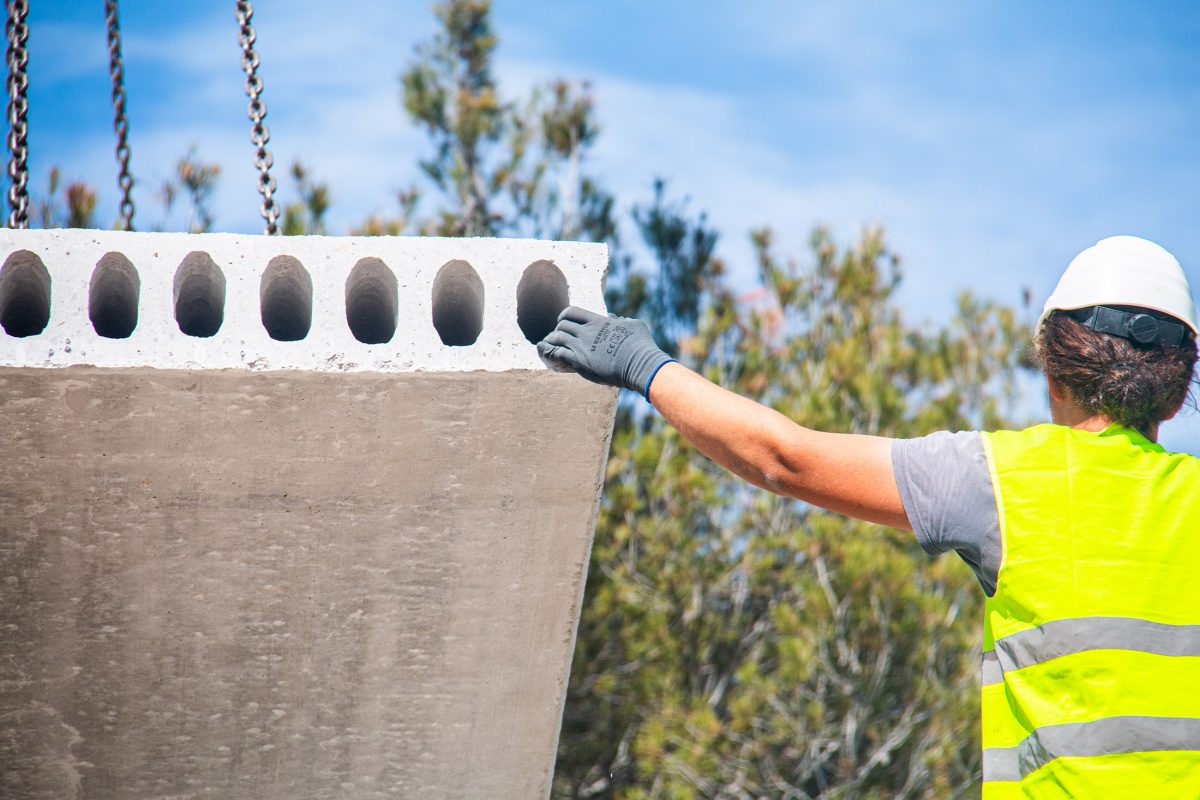This website uses cookies so that we can provide you with the best user experience possible. Cookie information is stored in your browser and performs functions such as recognising you when you return to our website and helping our team to understand which sections of the website you find most interesting and useful.
CATEGORY
Articles
PUBLISHED ON
10 July, 2023

Anyone who is unfamiliar with the history of Calle de la Paz could be forgiven for thinking that it has been one of the city’s main thoroughfares for centuries. But Calle de la Paz is ‘young’ in urban planning terms. Work on the new street began in 1869 and followed the modernist trend arriving from Paris that had such a major influence on the architecture of the buildings on the street.
Before it was widened, the area was a hotchpotch of old houses in poor condition on a narrow, inaccessible street. There was barely any sunlight and the area was not very attractive, so Calle de la Paz was remodelled in 1868 to breathe new life and light into this part of the city.
The Convents of Santa Tecla and San Cristóbal were demolished and plans were made years later to extend the street as far as Calle Quart, but these were cancelled to avoid knocking down the Church of Santa Catalina.
In 1868, architects Manuel Sorní and Juan Mercader were commissioned to create one of the city’s most beautiful streets.
Their design was 16 metres wide and connected Plaza de la Reina to the gardens of La Glorieta and El Parterre.
You probably weren’t familiar with a lot of this information and we bet you didn’t know that Calle de la Paz wasn’t always known by the same name.
In medieval times, it was called Calle del Caputxers because it was home to the craftspeople who manufactured hoods (capuchas). When it was redesigned, it was going to be called Calle de la Revolución in reference to the Glorious Revolution in 1868. While it was being extended, however, it was given its current name: Calle de la Paz.
For a time – from 1905 to 1913 and from 1916 to 1923 – it was called Calle Peris y Valero in honour of the former Mayor of Valencia, who was one of the main proponents of the remodelling project.
Finally, it took on its current name (‘Peace Street’) by popular request from local residents, commemorating the end of the Third Carlist War.
As well as the street’s history, we also want to tell you about some of its most legendary buildings.
Edificio Sancho at number 19 was built by the architect Joaquín María Arnau Miramón and was used as a gathering place by prominent intellectuals during the Republic.
Edificio Ferro at number 17, where EPIGRAM’s studio is located, is home to the first electric lift to be installed in Valencia in 1901.
These days, Calle de la Paz is one of the city’s most iconic, well-trodden streets. It is highly sought-after by prestigious brands and its history is representative of Valencia’s evolution as a city in the late nineteenth century.
Can you tell it’s one of our favourite streets in Valencia?
What’s yours? If you let us know in a comment, we’ll do some research and write a new blog post about it.


